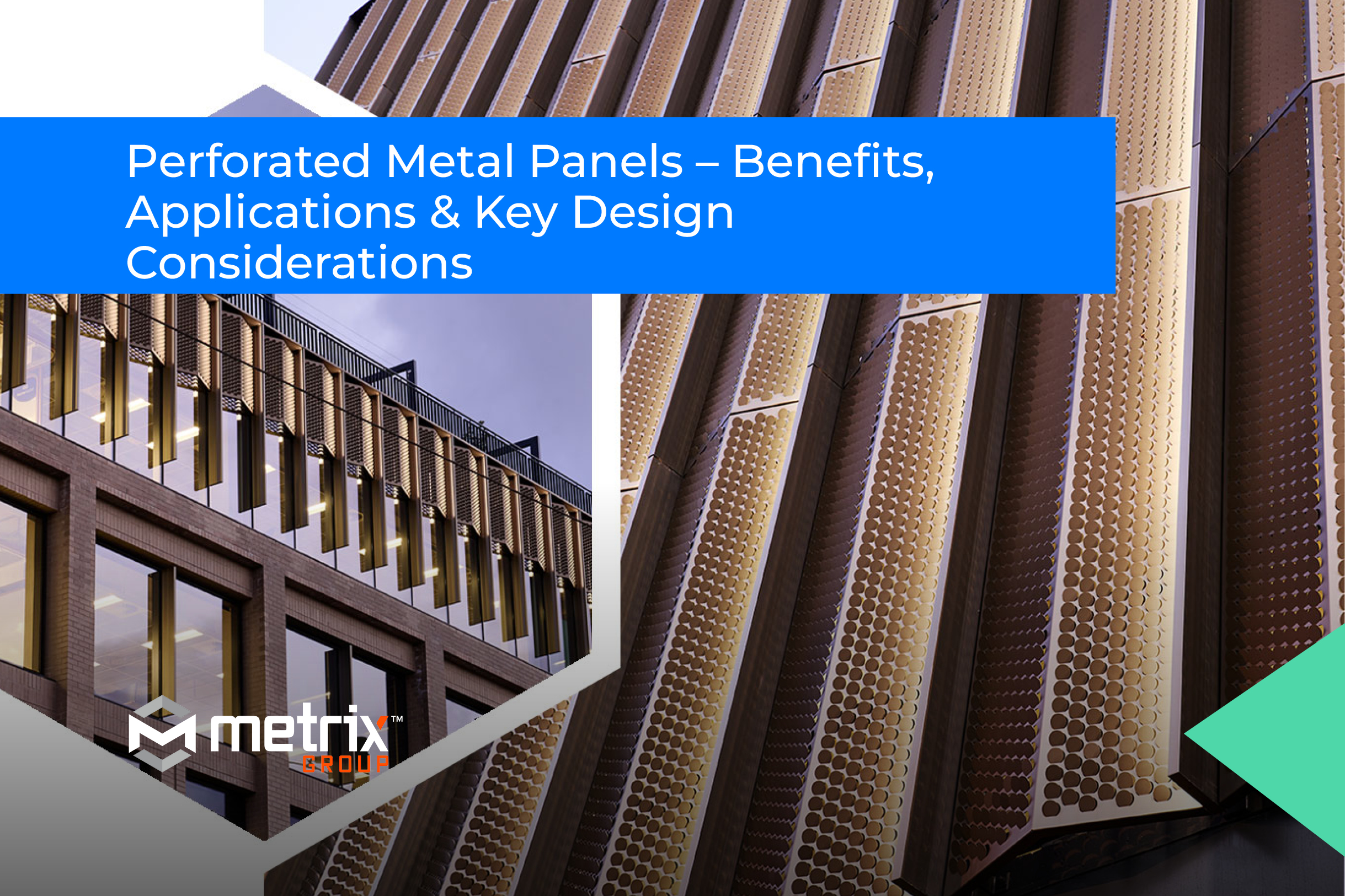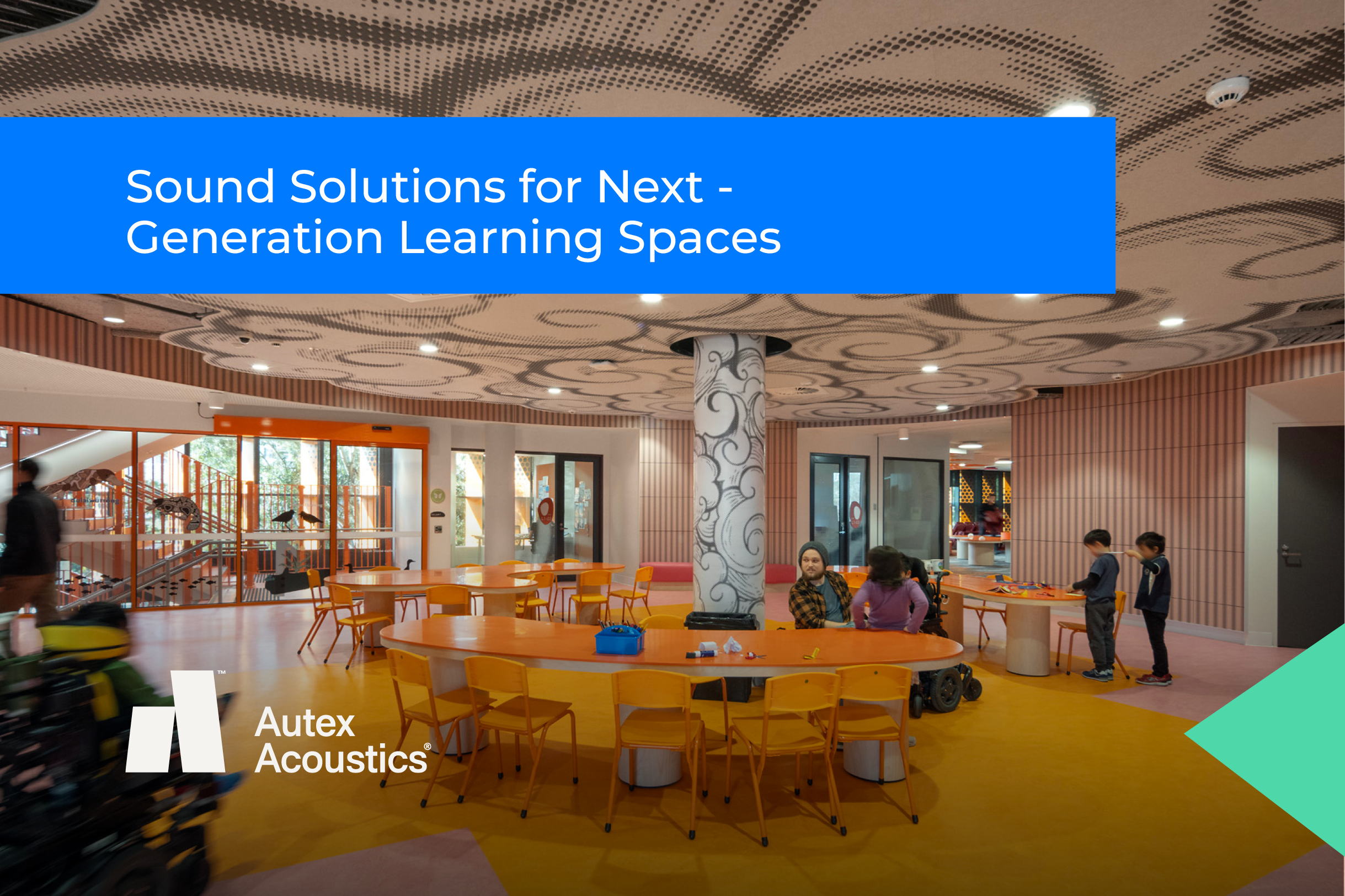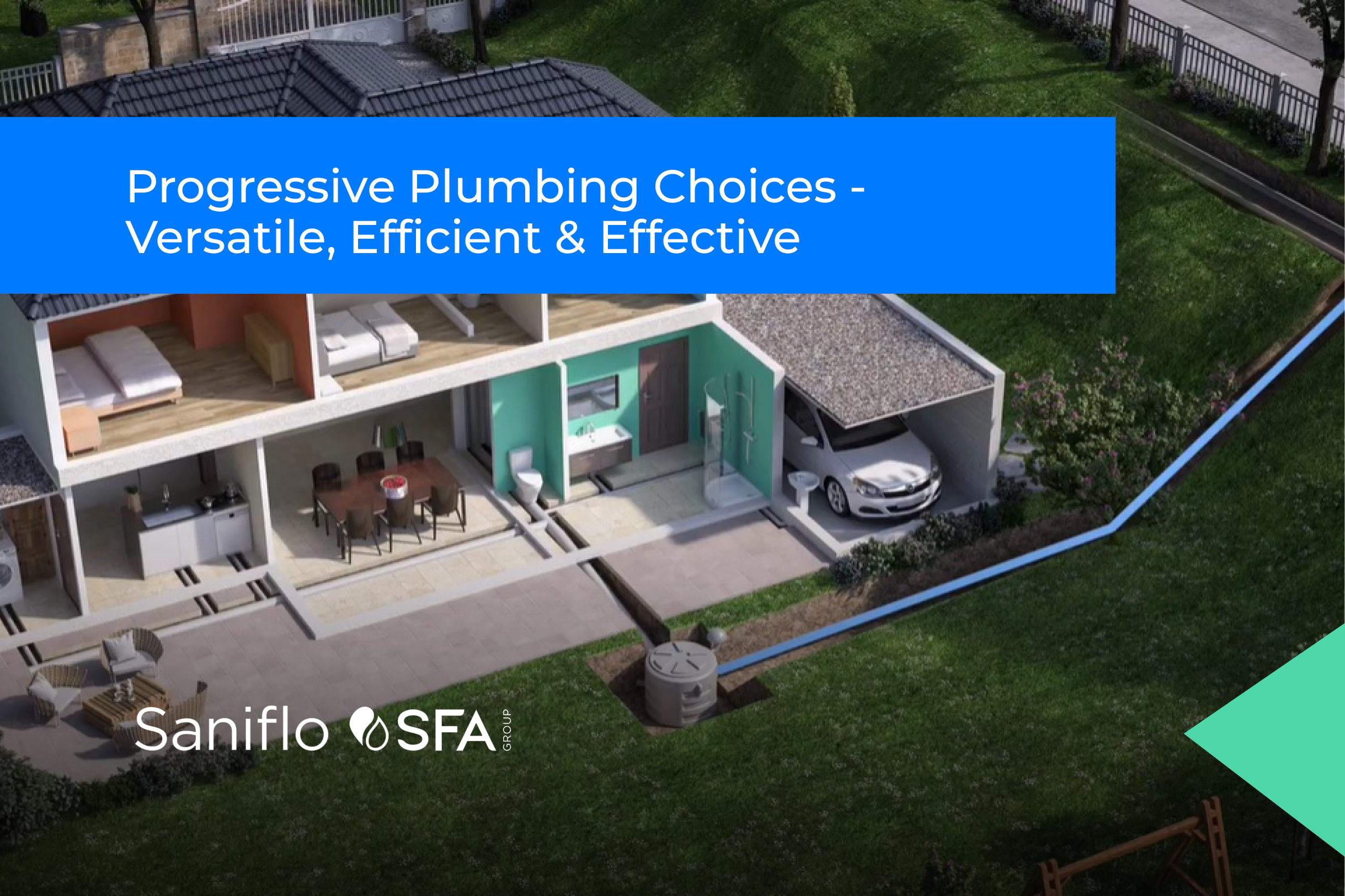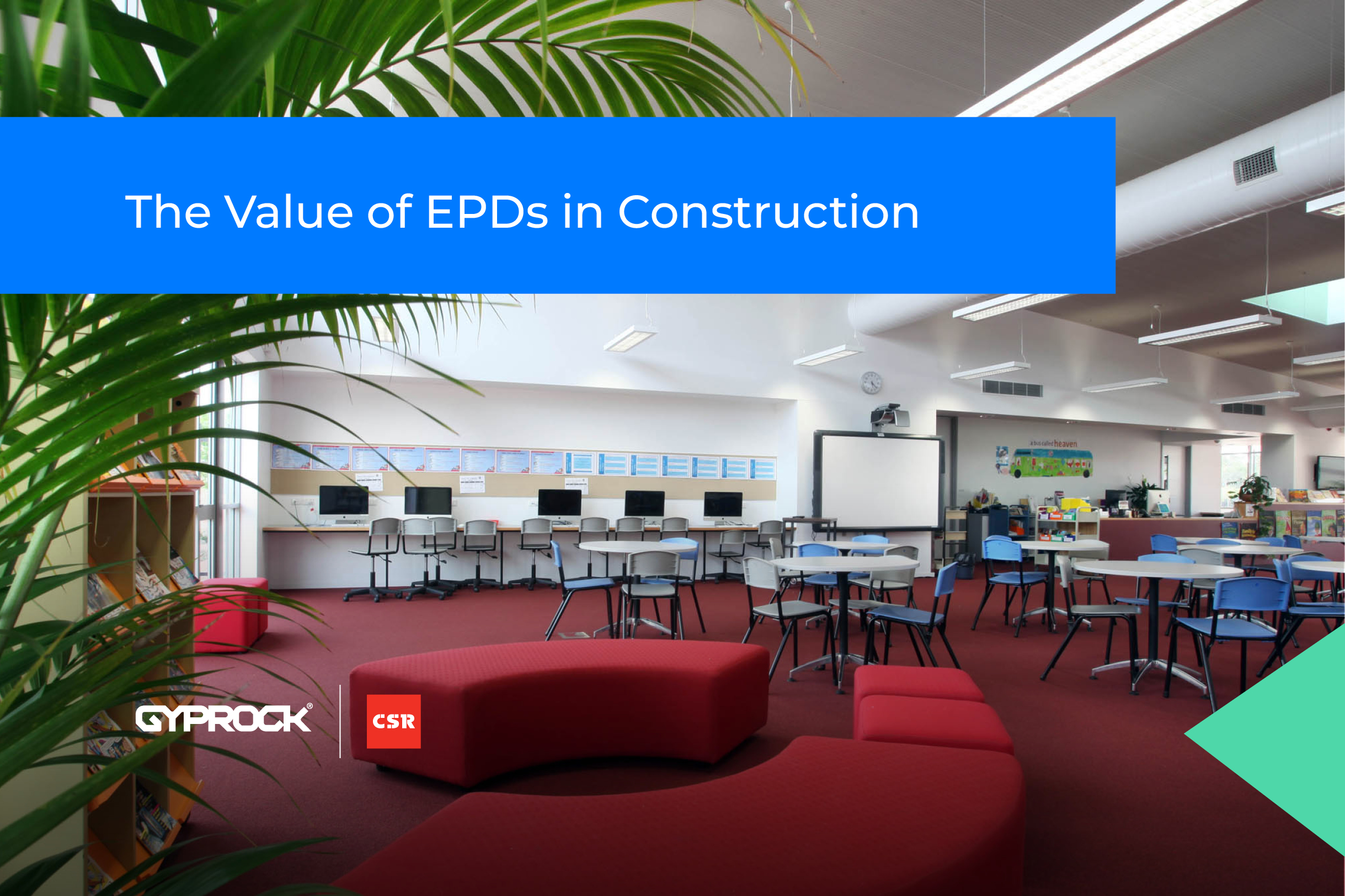

CPD Live returns in 2024 from 4-6 June
Hosted by Indesign Media and presented by a panel of experts and leading brands via a series of interactive online events, CPD Live is jam-packed with free CPD content, exploring leading topics and areas to inform specification.
Hosted by Indesign Media and presented by a panel of experts and leading brands via a series of interactive online events, CPD Live is jam-packed with free CPD content, exploring leading topics and areas to inform specification.
The industry’s most popular CPD event is back and bigger than ever! From 4-6 June 2024, CPD Live will be coming to a screen near you, offering three full days of accredited content to give you the latest in industry news, regulations, product updates and specification information you need.
Browse courses in the all new program
Need to meet your CPD requirements before the end of the financial year?
Each session is worth 1 formal CPD point, giving you the chance to earn 15 points across a range of competency units. Better yet? CPD Live is fully digital and completely free, meaning you can join from your home or office and top up your learning on us!
Across three action-packed days, Indesign Media will present 15 sessions produced by brands with the best in industry expertise in areas including acoustics, sustainability, security and corrosion protection. Pick and choose the topics that appeal to you or hang around to catch them all. Each session is run as an interactive presentation, giving you the chance to interact with presenters and panelists and get answers to all your burning questions.
Interested? Simply browse our scheduled sessions below and register your attendance for the presentations that interest you.
Discover the 2024 June CPD Live topics:

Perforated Metal Panels – Benefits, Applications & Key Design Considerations
Tuesday 4th June 9:00am – 10:00am
Perforated metal is a form of sheet metal that has been punched or stamped to create an almost infinite combination of hole sizes, shapes, patterns, images and open areas for the purpose of screening, shading, security, ventilation and art installation.
Used in these ways, perforated metal really gets the chance to shine. With its uniform, repeated patterns and capacity to play with light and shadow, it lends architectural projects a new, and often unexpected, rhythmic aesthetic.
As such, it finds use in a range of commercial and residential applications, including in louvres, internal walls, ceilings, external cladding, and more. Add to that its various other benefits, including its unmistakable biophilic properties, 3D forms and the infinite recyclability of aluminium and steel substrates; it’s little wonder that this product’s popularity is on the rise.
This session of CPD Live is intended as a guide for specifiers considering bespoke Perforated Metal Panels and Fixing Systems. Outlining its various applications and benefits, our speakers will go on to consider the important considerations – concerning design, installation, regulatory compliance, art contribution, research & development and more – that they should address when using it.

Networked Smart Lockers – How they work & how to specify them
Tuesday 4th June 10:30am – 11:30am
Just as it has elsewhere, connectivity has arrived and transformed commercial environments. As a result, the modern workplace is a space where employee well-being is paramount, efficiency is optimised, and technology is employed seamlessly to improve business outcomes.
In this context, the introduction of things like Smart Lockers makes perfect sense. Beyond ensuring the security of employees’ personal belongings, documents, and so forth, these state-of-the-art systems deliver a broad range of less-obvious operational and environmental benefits. Specified thoughtfully and used to their full potential, they save space, optimise customer flows, and more.
In this session of CPD Live, we examine Networked Smart Lockers as an important element within the modern workplace environment.
We highlight the differences between networked and battery systems, compare self-hosted management systems with SaaS/cloud-based options, discuss the design-related considerations and technical requirements associated with installation, explain the integration capabilities of Networked Smart Lockers, and more.
Our speakers outline everything you need to know to successfully incorporate Networked Smart Lockers into your next project.

Designing for people – Acoustical Comfort, Neurodiversity, and the WELL Building Standard
Tuesday 4th June 12:00pm – 1:00pm
Within shared spaces, like offices, educational buildings and so on, you will always find people with diverse personalities, working patterns and needs. Acknowledging this diversity and catering for the range of ways occupants perceive and respond to their environments should be a primary consideration for all involved in designing these spaces.
Here, the WELL Building Standard v2 is worth noting. A resource that is grounded in research exploring the connection between buildings and the health and wellness of those who live and work within them, it is an ideal starting point for architects working on projects of this type.
This session of CPD Live is titled ‘Designing for people – acoustical comfort, neurodiversity, and the WELL Building Standard’. Focussing on the relevance of sound and acoustical comfort to this topic – and drawing on the contents of WELL – our speakers will shed light on an issue that has not always received all the attention it deserves.

Design with Permanent Formwork – A Smarter Way to Build Structural Walls
Tuesday 4th June 1:30pm – 2:30pm
As it stands, the construction of formwork usually involves one of three well-known methods – in-situ conventional formwork, blockwork or precast concrete. While each of these methods is reliable and, if constructed appropriately, can be relied upon to meet all regulatory requirements, each also has its drawbacks.
In-situ conventional formwork is costly and tends to involve a lot of unnecessary waste; blockwork is notoriously slow and labour intensive; and precast concrete formwork generally requires the use of cranes.
The good news is that an effective and proven alternative – permanent formwork – is available. Inexpensive, reliable, and easy to install, it does away with many of the complications associated with the above, better-known formwork options. And on top of that, it also delivers several design related benefits.
Titled ‘Design with Permanent Formwork – A Smarter Way to Build Structural Walls’, this session of CPD Live focuses on these systems. Our speakers identify the types of permanent formwork systems available, outlines how to derive the most benefit from them, and explains how to ensure they meet all regulatory requirements.

Responsible Products and Pathways to Sustainability
Tuesday 4th June 3:00pm – 4:00pm
For specifiers, treading the pathway to sustainability is a tricky task. Amidst the many claims of environmental responsibility, product stewardship, supply chain management, and so forth, it can be difficult to distinguish between fact and fiction; between suppliers with valid, provable claims to sustainability and those doing no more than greenwashing.
The good news is that now more than ever, many companies are working towards more sustainable products. In achieving these, however, cutting corners is not an option. Lifecycle assessments that encompass everything from resource extraction, energy consumption and carbon emissions, to water usage, manufacturing by-products, supply chains, and more, represent the only valid method of assessment.
This session of CPD Live is concerned with empowering specifiers to identify products that, having undertaken assessments of this type, can be used to work towards a more sustainable outcome. Focussing on plumbing products to illustrate their points, our speakers will outline the techniques used to assess their whole of life impacts and point to the certifications and documentation that specifiers should seek out when looking for transparent data around the environmental footprint of products.

Navigating Sustainability – Key considerations when selecting aluminium cladding
Wednesday 5th June 9:00am – 10:00am
While the attractions of aluminium cladding are well understood, how products of this type rate in terms of sustainability is a little more difficult to determine.
How then, should architects go about this task? How should they assess its environmental implications? As is the case with all building products, the answer to this question is to firstly choose products that have undergone a lifecycle assessment and consequently been shown to have minimal environmental impact.
Lifecycle assessments examine all aspects of a product’s lifecycle, from raw material extraction to disposal. They consider manufacturing processes, energy consumption, and the recyclability of materials.
And they also involve operational considerations. For example, they ask how the finished product improves (or detracts from) the energy efficiency of the building in which it is installed. Another crucial element to consider is the life expectancy of the product and whether there is any requirement for ongoing maintenance.
In this CPD Live session our speakers outline the key variables that contribute to the sustainability (or otherwise) of aluminium cladding products. They explain how to identify genuinely sustainable cladding and examine how to balance sustainability with broader considerations, like functionality, aesthetics, and so on.

Sound Solutions for Next-Generation Learning Spaces
Wednesday 5th June 10:30am – 11:30am
Educational environments, across all levels, have changed dramatically over the past couple of decades. In fact, in many ways, the schools, colleges and universities that today’s students attend bare little resemblance to those in which their parents and grandparents studied.
Beyond the ‘traditional classroom’, new types of learning environments, including performing arts spaces, sports facilities, shared open spaces, and so on have been introduced and brought with them new ways of learning.
At the same time, the move towards sustainability and the emergence of concepts like ‘Building with Country’, vertical schools, and open classrooms, are altering our understanding of what is possible in terms of creating comprehensive learning environments that are conducive to growth.
All of this has moved the goal posts considerably when it comes to acoustics. Titled ‘Sound Solutions for Next-Generation Learning’, this session focuses on this very issue. Beginning by addressing the acoustic considerations of all the above-mentioned features of modern schools, our speakers will also point to real-life examples to illustrate their points.

Progressive Plumbing Choices – Versatile, Efficient & Effective
Wednesday 5th June 12:00pm – 1:00pm
Traditionally, plumbing has tended to be a time-consuming, laborious exercise. Though obviously essential in all types of construction work, its costs in terms of money and disruption are generally significant.
This is particularly true in the case of renovations or refurbishments. The fact that plumbing is usually concealed in cavities – behind walls, under flooring, and so forth – makes access difficult, which in turn, leads to disruption and costs.
Now, thanks to the emergence of new ‘progressive plumbing’ choices – and products like macerator pumps, grey water pumps, lifting stations, and inground pump stations – this is all starting to change. Together, these new products are ushering in a new era, in which disruption and cost are minimised and architects are delivered a new-found design flexibility.
In this session of CPD Live, we shine a light on these products. Beginning by explaining how they work and what types of applications they are suitable for, our speakers go on to outline the regulations surrounding their installation and the benefits they can deliver in terms of versatility, efficiency, and effectiveness.

Designing for Sun Shading in Bespoke Residential Applications
Wednesday 5th June 1:30pm – 2:30pm
The considered specification of sun shading in residential applications is a more involved process than many may think. Beyond the obvious considerations – such as colour and material choice, whether to go with manual, motorised, or automated operation, the choice between internal or external systems, and so on – it also involves broader variables.
It involves an understanding of the regulatory framework, acoustics, the light and solar properties of various product options, and the wiring requirements of automated products.
In addition, it requires the capacity to prepare ceilings and structural elements to allow for blind recesses; an understanding of how to handle applications in which asymmetrical design makes installation makes difficult. And it involves an appreciation of timings, and for example, at what point suppliers should be brought on board to help with product integration.
This session of CPD Live deals with all of the above and more. Delivered by experts in the field, its aim is to equip specifiers with what they need to confidently design for sun shading in bespoke residential applications.

Assessing & Integrating AAC Systems
Wednesday 5th June 3:00pm – 4:00pm
A lightweight cellular concrete building material, made from sand, cement, lime, gypsum, water and expansion agent, autoclaved aerated concrete (AAC) is manufactured as either steel reinforced panels or unreinforced blocks.
Thanks to its many benefits – which include strength, excellent thermal and acoustic properties, fire resistance, recyclability, non-toxicity, low cost, workability, and ease of handling – AAC is suitable for a broad range of architectural applications. In residential applications it finds use as exterior cladding, flooring, and fencing.
In Multi residential developments, it is used on zero boundary, party walls, dual zero boundary walls, and more. Then in commercial applications, it finds use in walling, in fire tunnels, on façades, and elsewhere, while in civil projects it is often used in acoustic fire walls, sound barriers and so forth.
Given this versatility, the popularity of ACC is understandable. That said, considering the various regulations associated with the material, its specification should always involve attention to detail.
This CPD Live session is intended to help those looking to use it to do just that. Our speakers will identify and outline strategies to help specifiers accurately assess, and then integrate, AAC Systems into their projects.

The Value of EPDs in Construction
Thursday 6th June 9:00am – 10:00am
Overseen and administered in Australia and New Zealand by EPD Australasia, a not-for-profit joint venture of the Life Cycle Association of New Zealand (LCANZ) and the Australian Life Cycle Society (ALCAS), Environmental Product Declarations (EPDs) are – “independently verified and registered document that communicate transparent and comparable data and other relevant environmental information about the life-cycle environmental impact of products.”
They demonstrate, in other words, the commitment of manufacturers to environmental sustainability.
Businesses and industry associations have found EPDs very useful for a number of applications, including, explaining aspects of production, distribution, usage or end-of-life options (recycling and disposal) that are commonly misunderstood by the market.
Titled ‘The Value of EPDs in Construction’ this session of CPD Live provides a broad outline of the use Environmental Product Declarations in Australia. Beginning by outlining the processes involved in awarding EPDs, our speakers will go on to explain what they say about the products that carry them and what specifiers stand to gain by seeking out such products.

Journey Towards Circularity: Architecture and Interior Timber
Thursday 6th June 10:30am – 11:30am
According to many, genuine sustainability necessitates a transition from the linear lifecycle model (in which resources are essentially extracted, processed into products, then discarded at life’s end) to a circular model (in which goods are maintained and repaired to extend their lives as much as possible, then repurposed or recycled to create new goods and continue to add economic value).
Assuming this notion is to be accepted, achieving it will be no easy task. Apart from universal commitment, it will require a detailed understanding of not just current product lifecycles, but potential (and more importantly, practical) circular alternatives.
Timber is a good example. While, as a natural, recyclable and infinitely renewable material, it stands as a prime candidate for inclusion in a circular economic future, there are obstacles to this becoming reality.
In this context, this CPD Live Session focuses on Interior Timber products and their journey towards circularity. Our speakers examine these obstacles and propose the solutions to ensure the material’s place in a truly sustainable future.

Secure, Safe & Stylish – The Latest Automatic Entrance Solutions
Thursday 6th June 12:00pm – 1:00pm
Over the past two decades or so, society’s approach to the issue of security has changed dramatically. For well-documented reasons, the entrance and access control solutions that greet visitors to the average commercial building today are a world from those that greeted them (or their parents) to those same buildings last century.
At the same time however, over the past 20 years, our understanding of security has also developed and evolved. Suppliers of security solutions – and indeed architects – now have a deeper understanding of not just ways to ensure safety, but how to do so in ways that minimise disruption and don’t alienate those who work in or visit commercial buildings.
In addition, and just as importantly, these same suppliers and specifiers have developed security products and strategies that are not at odds with broader design considerations.
This CPD Live is concerned with all of the above. Focussing on security, our speakers outline the latest access control and automatic entrance solutions available. They explain how they can be best employed to regulate the movement of people in an effective and safe manner.

Phoenix Tapware
Thursday 6th June 1:30pm – 2:30pm
In this session of CPD live, we focus on a new generation of mixers and tapware, which promise to deliver a range of benefits to the architects who specify them, the plumbers who install and maintain them, and the consumers who purchase (and use) them.
Thanks to innovations associated with both the component parts of these products and their method of installation, all parties have more time for tapware selection. In addition, the installation process is more efficient and less time consuming, design decisions are more flexible, and tapware changes become more viable, even after tiling.
Titled ‘Sleek & Adaptable – The Latest in Mixer Technology’, this session of CPD Live is intended to examine all of the above and more. Citing real life case studies to illustrate various points, our speaker will outline how these taps and mixers differ from traditional tapware products, the benefits they can deliver, and how to best incorporate them into your next commercial or residential project.

Designing with Country – Pathways to Collaboration & Connection
Thursday 6th June 3:00pm – 4:00pm
Designing with Country is an approach to design that acknowledges and respects the Indigenous cultures, histories, and connections to the land and waters of Australia. It aims to create design outcomes that are culturally appropriate, environmentally sustainable, and beneficial for the well-being of Indigenous and non-Indigenous communities.
As more architectural projects involve collaboration with First Nations Peoples, it is important to understand how to approach this work respectfully and ethically.
The first and most important aspect is to build genuine relationships and trust between the non-Indigenous architect, supplier, or manufacturer and the Indigenous artist and community. The second aspect is to agree on a process that respects the stories and cultural protocols of the Indigenous collaborators and incorporates their designs into the project in a meaningful way.
In this session of CPD Live, we will discuss these aspects and more with our speakers, who are both Indigenous and non-Indigenous. They will share their insights and experiences of collaborating with First Nations Peoples in design and architecture. They will explain the intricacies and nuances of Designing with Country and highlight the rewards of a harmonious collaboration that respects cultural elements and protocols.
Head to the new CPD Live platform to explore all the CPD sessions available and earn CPD points anywhere you have an internet connection. Visit cpdlive.com.au



